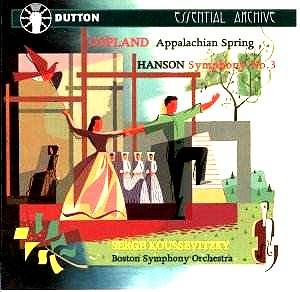 Composer: Hugh Wood
Composer: Hugh Wood
Works: Symphony Op.21, Scenes from Comus Op.6
Performers: Geraldine McGreevy (soprano), Daniel Norman (tenor), BBC Symphony Orchestra, Sir Andrew Davis
Recording: BBC Studio 1, Maida Vale, London, September 1999
Label: NMC D 070
Hugh Wood, born in 1932, occupies a distinctive niche among contemporary British composers, renowned for his lyrical depth and structural complexity. His Symphony Op.21, completed in 1982, embodies a synthesis of emotional intensity and intricate craftsmanship, emerging as one of his most significant orchestral works. Its four-movement structure defies conventional symphonic form, offering instead a continuous unfolding of musical ideas that reflect a rich tapestry of influences, including references to Mozart’s Die Zauberflöte. Alongside this symphony, Scenes from Comus Op.6, a tone poem based on Milton’s masque, showcases Wood’s early orchestral mastery and his profound affinity for vocal lyricism.
The interpretation under Sir Andrew Davis is notably compelling, as he navigates the symphony’s turbulent opening movement, Tempesta: Oscuro, agitato, minaccioso, with an unyielding sense of urgency. The BBC Symphony Orchestra’s brass and strings create an unsettling atmosphere, effectively conveying the sense of impending doom that permeates the movement. The transition to the Elegia is particularly striking; here, cellist and orchestra weave a hauntingly beautiful theme that recalls the essence of Mozart while maintaining Wood’s unique voice. The fluidity with which the first major theme is developed reveals Davis’s keen understanding of the work’s emotional landscape, as he allows the music to breathe, drawing attention to the thematic interconnections and the cyclical return to earlier motifs.
Wood’s Scenes from Comus, first performed in 1965, reflects his burgeoning orchestral style, where the lushness of the orchestration complements the narrative’s dramatic arc. The opening horn theme, evocative of the forest’s mysterious allure, is rendered with a richness that encapsulates the listener’s imagination. Geraldine McGreevy and Daniel Norman deliver their vocal lines with palpable conviction. McGreevy’s portrayal of the Lady is particularly noteworthy; her clear, soaring soprano weaves through the orchestral fabric, encapsulating both vulnerability and strength. Norman’s tenor, too, is expressive, particularly in the invocation of “Sabrina Fair,” where the interplay between voice and orchestra achieves a delicate balance.
The engineering quality of this recording deserves commendation. The spatial clarity allows individual instruments to shine while maintaining a cohesive orchestral sound. The nuances of dynamics, especially in the Passacaglia of the symphony, are rendered with precision, highlighting the contrasts between the somber variations and the jubilant coda. This attention to detail in the recording enhances the listener’s experience, making the complexity of Wood’s writing more accessible.
While Wood’s music has historically been overshadowed by more prominent figures of his generation, this release stands as a testament to his artistry and the emotional depth his works convey. The performances capture the essence of Wood’s compositional style—lyrical yet complex, passionate yet introspective. This coupling of Symphony Op.21 and Scenes from Comus Op.6 not only showcases Wood’s development as a composer but also affirms his place in the pantheon of modern classical music. The commitment displayed by Davis and the BBC Symphony Orchestra, combined with the quality of the recording, results in an essential addition to the discography of contemporary orchestral music. A remarkable release, it merits enthusiastic recommendation to both seasoned listeners and those new to Wood’s oeuvre.



